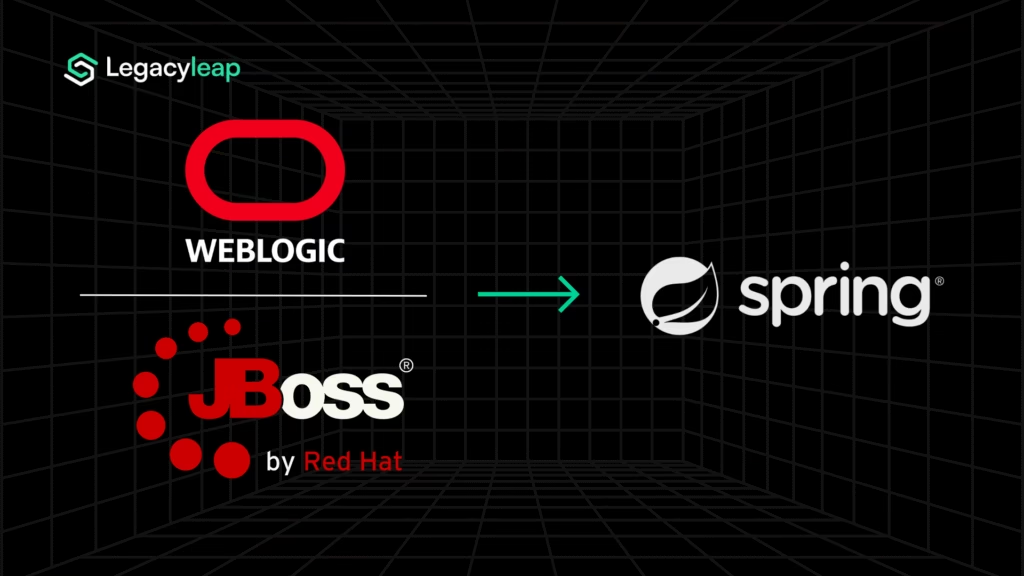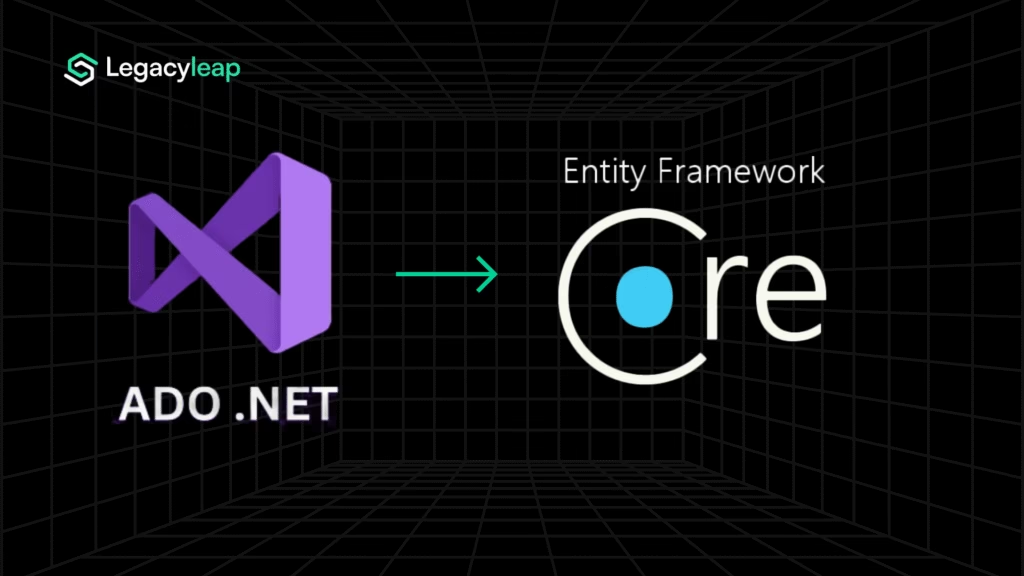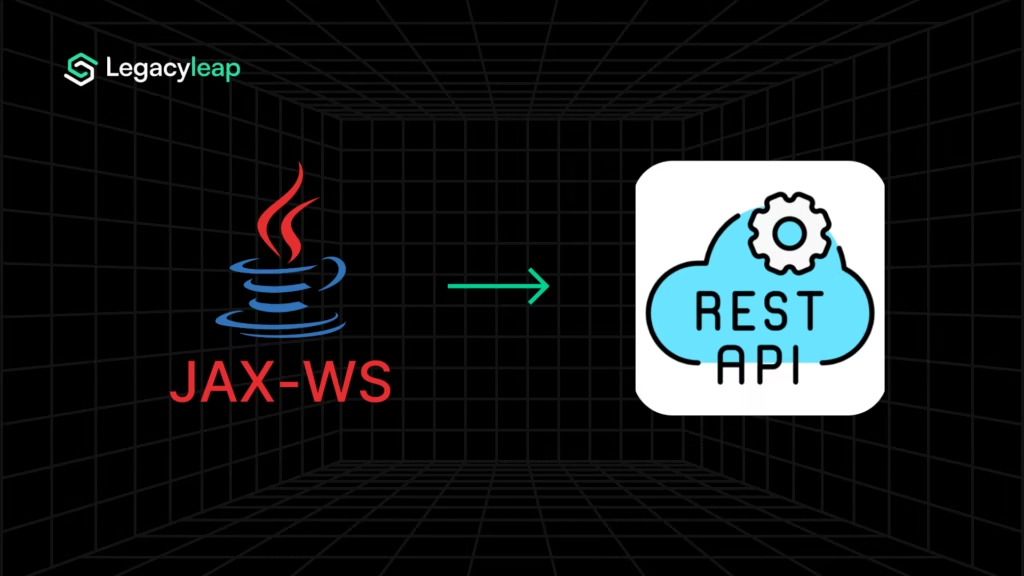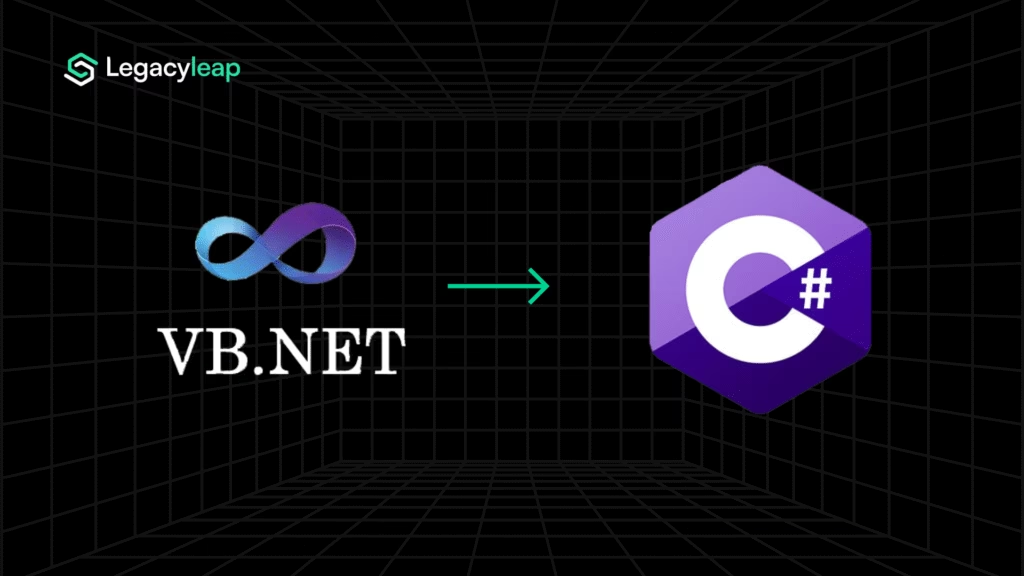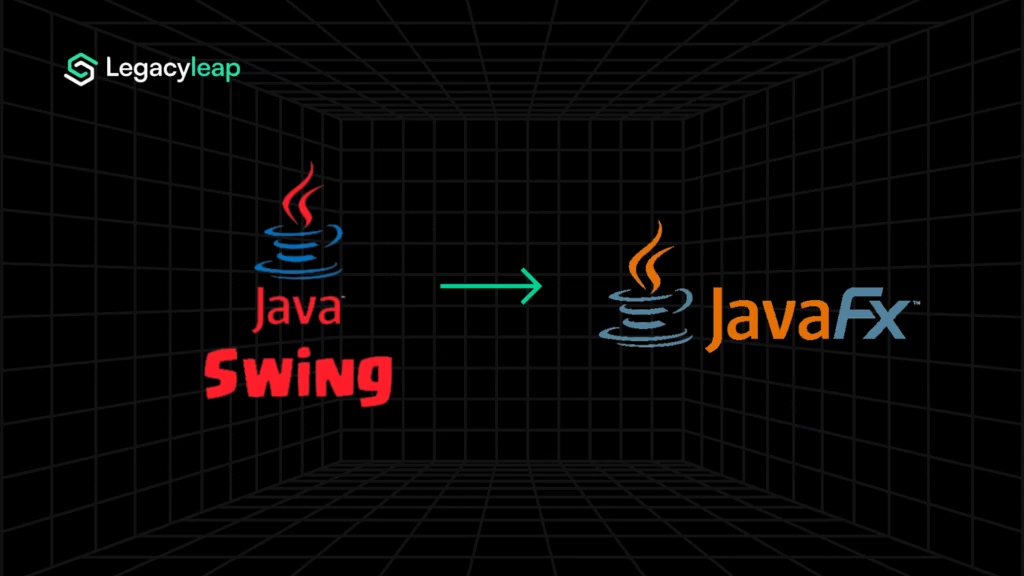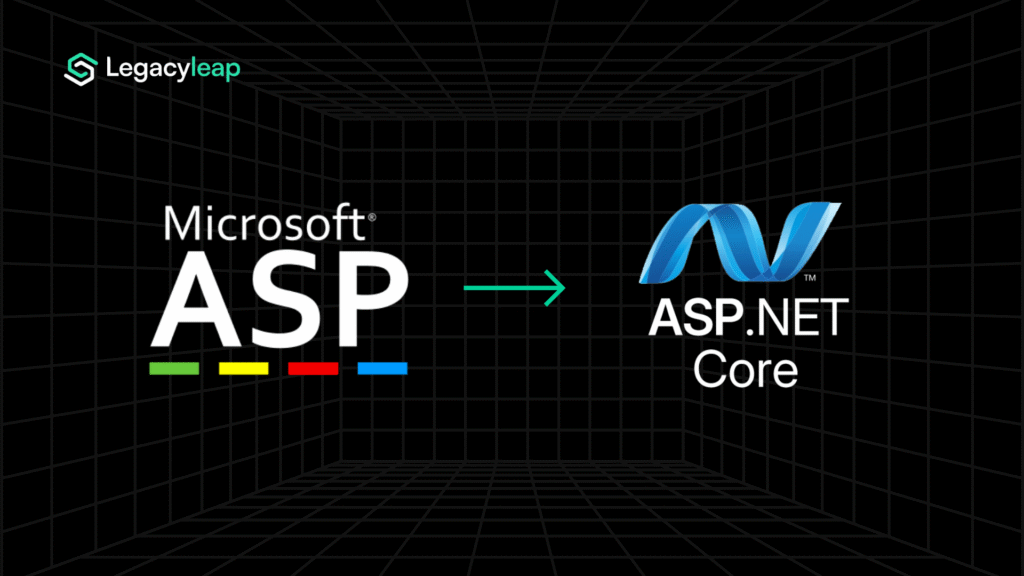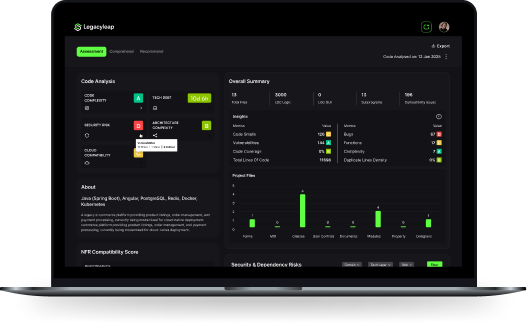Introduction: Choosing Between SOA, Microservices, and API-Led Architecture
In most modernization programs, architecture is the first major inflection point. Choosing between SOA, microservices, and API-led approaches defines how systems will evolve, how teams will work, and how fast changes can be shipped.
The challenge isn’t a lack of options but how those options are evaluated. Too often, architecture discussions default to definitions, trends, or personal preference.
What’s needed instead is a constraint-based approach: selecting architecture styles that align with real delivery goals, legacy limitations, and organizational readiness.
At Legacyleap, we anchor this decision around four core drivers:
- Modernization effort: How hard is this module to isolate, refactor, or replace?
- Data gravity: How tightly is logic bound to legacy data models?
- Release velocity: How independently can teams ship and test changes?
- AI readiness: How structured and interpretable is the existing codebase?
Architecture isn’t the outcome, it’s the enabler. The right choice isn’t the cleanest design, but the one that lets your teams move faster, with less friction.
So let’s break it down.
SOA vs. Microservices vs. API-Led: Core Differences Explained
These architectural styles aren’t interchangeable. They’re built for different environments, delivery models, and scaling pressures. Choosing between them means understanding what each enables and what each constrains.
Here’s how they actually differ:
Service-Oriented Architecture (SOA)
Designed around shared services and integration hubs. Best suited for organizations with:
- Heavy cross-system dependencies
- Strict governance and compliance requirements
- Existing investment in enterprise service buses (ESBs)
Modernization fit:
- Still viable for gradual refactors
- Works best in systems that require strong coordination across shared services
- Slower change cycles, but predictable and secure
Microservices Architecture
Built for autonomy, continuous delivery, and modular scaling. Ideal when:
- Teams are structured around business domains
- Release velocity is a priority
- CI/CD and DevOps maturity exist
Modernization fit:
- Excellent for systems that can be decomposed into independent services
- High organizational readiness is required
- Complexity grows fast without strong service boundaries and observability
API-Led Architecture
Focused on exposing functionality cleanly and consistently via APIs. Works best when:
- External integrations, partner systems, or frontend agility is a priority
- You need to wrap legacy systems without fully replacing them
- Teams want flexibility at the edge without destabilizing the core
Modernization fit:
- Great entry point, especially for phased modernization
- Doesn’t solve deep coupling or tech debt on its own
- Works well as a wrapper, but not a substitute for architectural change
The goal here isn’t to follow a trend. It’s to pick what aligns with where you are and where you’re going.
Architecture Comparison Table for Modernization Contexts
There’s no universally “better” architecture — only better fits based on where your systems are today and what you need them to support tomorrow.
This table breaks down how each approach behaves in modernization environments:
| Architecture | Best Fit For | Watch Out For | Legacyleap’s Take |
| SOA | Shared business logic, compliance-heavy systems, legacy integrations | Service sprawl, complex monitoring, and organizational misalignment can backfire | Still relevant in regulated environments — can be modernized incrementally |
| Microservices | High team autonomy, rapid releases, CI/CD maturity | Fast integrations, frontend agility, and external partner enablement | Works best when adopted in phases — we guide teams on when and where to split |
| API-Led | Fast integrations, frontend agility, external partner enablement | Can hide legacy pain, doesn’t resolve core debt | Tight coupling, heavy infra, and centralized governance slows change |
Hybrid Architectures Are the Norm, Not a Compromise
Most enterprise systems don’t run on one architecture. They run on whatever got the job done at the time. SOA for shared services. Microservices in newer domains. APIs are layered on top of both. That’s not a mistake. It’s how systems evolve.
Trying to enforce a single architecture pattern across your entire estate usually leads to one of two outcomes:
- A slow, top-heavy transformation that stalls before impact.
- A set of architectural islands with no clear ownership or shared language.
A hybrid model isn’t a failure. It’s often the most practical path for systems that:
- Still rely on shared services or ESBs for core operations
- Can’t fully decouple due to regulatory or data constraints
- Have newer teams that ship via microservices but interface with legacy endpoints
- Use APIs to expose or mask legacy components while refactors happen in the background
Here at Legacyleap, we don’t push full rewrites or architectural purism. We help teams map what they have, identify modernization-ready zones, and phase execution accordingly.
With Gen AI-assisted code mapping and dependency analysis, we guide decisions like:
- Which services can be safely extracted.
- Which legacy components can be wrapped instead of re-architected.
- Where architectural sprawl is adding fragility, not value.
The key to a hybrid system is knowing where to invest and when. Not everything needs to be split. Not everything should be wrapped. The smartest teams modernize selectively, and system by system, build something cleaner.
How to Choose: Modernization Architecture Decision Matrix
Architecture should follow constraints, not ideology. The right approach depends on how your systems behave, how your teams ship, and what risks your organization is willing to take.
Here are the four questions that shape architecture decisions during modernization:
Key Decision Criteria
- Team Velocity: Can your teams build, test, and deploy independently? If not, microservices may create more friction than value.
- Integration Fragility: Are your current integrations brittle or tightly coupled? SOA might work better with incremental refactoring, while APIs can mask fragility short term.
- Data Gravity: Are business processes tied tightly to legacy databases? If so, aggressive decomposition might stall — data restructuring often lags behind.
- Org Readiness for Change: Are your delivery pipelines, observability practices, and governance mature enough to support distributed systems?
Architecture Fit Matrix: How to Choose Based on Delivery Dynamics
Use this quadrant to assess which architectural style best fits your systems based on how your teams work and how change happens in your organization.

How to Use It
- If you’re in the top-left: Your core systems are stable, and change is slow. SOA may still be viable, but consider wrapping with APIs to improve integration.
- If you’re bottom-left: Your teams want to move faster, but shared ownership is slowing you down. This is the zone for modular refactoring, not full microservices yet.
- If you’re top-right: You want to move fast but still rely on centralized systems. API-led is often the fastest path to modernization without the risk of decomposition.
- If you’re bottom-right: You’re ready for microservices, but only if your teams have the autonomy, tooling, and maturity to manage the added complexity.
Conclusion: Choose for Delivery
Architecture doesn’t modernize your systems; execution does. The frameworks you adopt are only as valuable as the speed, stability, and clarity they enable across your teams.
The real question isn’t “SOA or microservices or API-led?”
It’s: Where are you today, and what helps you move forward safely?
Sometimes that means refactoring shared services, not replacing them. Sometimes it means splitting domains, but only where autonomy exists. And sometimes it means using APIs as a strategic bridge, not a full transformation strategy.
At Legacyleap, we work with enterprise teams to align modernization architecture with delivery goals. Using Gen AI-powered code comprehension and system mapping, we help identify where SOA can be stabilized, where microservices make sense, and where APIs can accelerate delivery.
If you’re navigating modernization architecture decisions, we can help you evaluate the real effort, risk, and velocity trade-offs using your actual codebase.
Want to explore what that looks like for your systems? Book your $0 assessment today!


